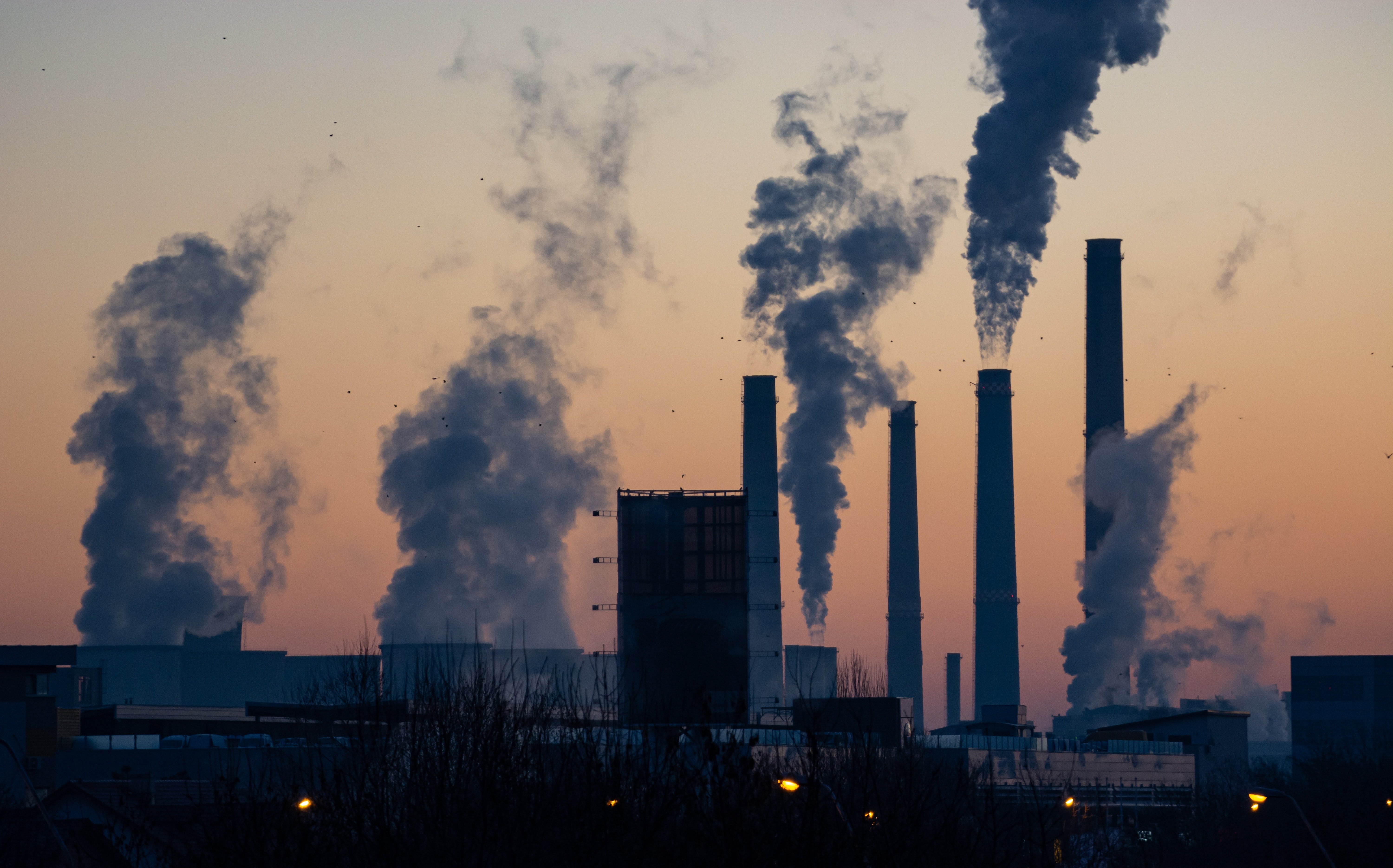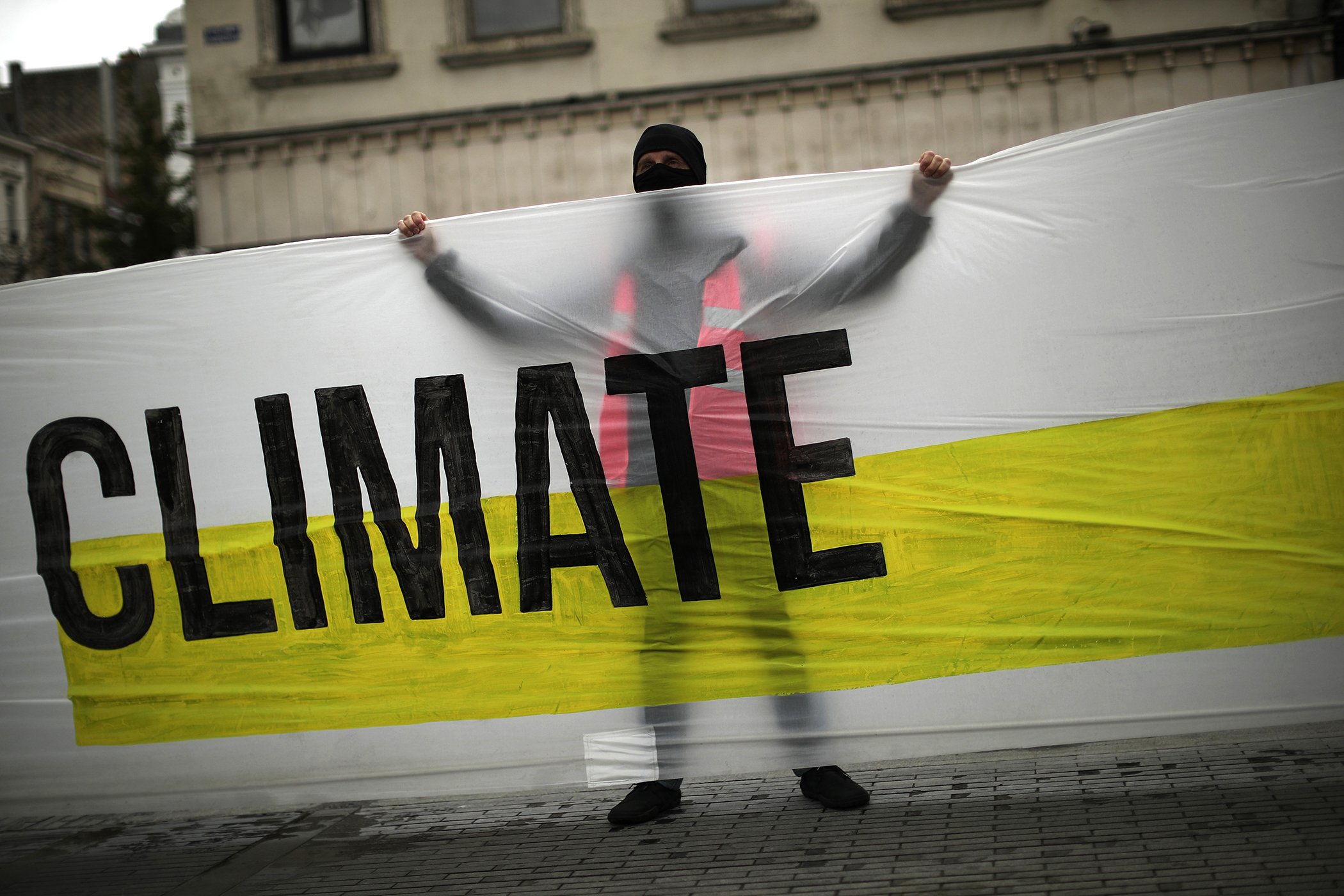Analysts have warned that the COVID-19 pandemic, no matter how destabilizing, may just be a “dress rehearsal” for the impending climate crisis.
With looming water and food shortages, extreme weather events, and dangerously rising temperatures, the climate crisis threatens to transform every aspect of our lives. But what form that transformation takes is largely up to how countries respond today.
Countries have the opportunity to rapidly reduce their greenhouse gas emissions in order to hold temperature increases below catastrophic levels, while also investing in adaptation measures that allow communities to withstand environmental disruptions.
The next 10 years are decisive for this type of action and the COVID-19 pandemic presents an opportunity for countries to craft economic recovery plans that prioritize environmental policies.
The World Wildlife Fund has been calling on countries and companies to achieve the goals set out by the Paris climate agreement and commit to conserving and restoring large swaths of the planet.
Global Citizen spoke with Margaret Kuhlow, WWF's global finance practice leader, about what climate action will look like in the years ahead.

Global Citizen: As greenhouse gas emissions rebound in the wake of the COVID-19 pandemic, what will it take for countries to keep temperatures from rising beyond 2 degrees Celsius?
Margaret Kuhlow: The Intergovernmental Panel on Climate Change (IPCC), in its special report Global Warming of 1.5º C, outlined the catastrophic impacts that people and nature will face should the world warm by 2 degrees Celsius. So our priority is to limit global temperature increase to 1.5 degrees Celsius.
To do this, we need urgent, unprecedented, systemic change in a number of areas to halve emissions by 2030 and reach net zero emissions by 2050 at the latest. We need to step up efforts to switch from using fossil fuels — the biggest cause of climate change — to renewable energy, and to use energy more efficiently. We need governments to commit to ambitious climate action plans that include systemic changes in transport, land use, heating and cooling, food production, and how we support nature and the vital functions it performs and services it provides.
 Ella Ivanescu/Unsplash
Ella Ivanescu/Unsplash
Global emissions fell by around 6% in 2020, largely as a result of actions taken in response to the COVID-19 pandemic. As governments respond to the COVID-19 pandemic, we must build back greener, and not direct this funding into activities that pose risks to people and to planetary health and our long-term future. We must encourage economic stimulus packages that invest in opportunities for people, climate, and nature, building our resilience to the next shock.
Even today, climate action is often framed as economically harmful — what does this framing get wrong and how can climate action, instead, be an economic opportunity?
The costs of inaction are significant. As presented in the IPCC [special report], estimates of the economic costs of the difference between 1.5 degrees Celsius of warming and 2 degrees Celsius of warming is likely $8 trillion to $15 trillion by the middle of this century.
Perhaps more importantly, this framing doesn’t recognize that our societies fundamentally rely on nature and a stable climate. Some 1.2 billion jobs in sectors such as farming, fisheries, forestry, and tourism are dependent on the effective management and sustainability of healthy ecosystems. The IPCC report also highlights how delaying climate action now will result in floods, droughts, stronger storm surges from rising sea levels, heat waves, and a host of more extreme and frequent weather events. These all have huge costs on lives as well as livelihoods. By taking climate action now, we have the opportunity to minimize these risks and the knock-on effects on people and nature.
With more than half of global GDP dependent on nature, according to the World Economic Forum (WEF), and environmental risks again topping the WEF’s Global Risks Report, the costs of action are dwarfed by those of inaction.
Stressing or destroying vital ecosystems will have enormous economic as well as environmental and social costs. At a time when the pandemic continues to put livelihoods at risk, addressing climate change could create 65 million new low-carbon jobs by 2030. According to IRENA, each $1 million invested in renewables or energy flexibility would create at least 25 jobs. Our investment in climate action will be repaid with greener jobs, cleaner air, increased food security, and healthier ecosystems.
In short, this is an investment in more resilient nature, economies, and societies.

Why is more attention being paid to the potential of “nature-based solutions” in the fight against climate change?
Nature-based Solutions (NbS) are increasingly getting attention because it is finally understood as a potential win-win-win solution for people, nature, and the climate. The challenges of nature loss and global warming are linked, and so are the solutions. NbS harness the power of nature to reduce greenhouse gas emissions and also help us adapt to the impacts of climate change.
NbS are also a cost-effective solution that can contribute to achieving a number of the Sustainable Development Goals, particularly those relating to poverty, food and water security, human health, and climate action. By protecting, restoring and sustainably managing ecosystems, we can address society's challenges and promote human well-being, while also helping tackle the climate crisis. Scientists estimate that NbS can provide around one-third of the cost-effective climate mitigation needed to keep global warming to 1.5 degrees Celsius.
In the wake of the pandemic, NbS also offer an incredible opportunity to create immediate “no harm” jobs, while at the same time supporting a transition to a greener and job-rich economy. And yet their potential has yet to be unleashed. Whether it is restoring forests, building green infrastructure, protecting mangroves, practising agroecology or planting urban forests, practical and implementable NbS can be deployed to protect and enhance nature while creating, sustaining or enhancing decent employment.
How important are carbon offsetting, fossil fuel divestment, and similar movement-driven campaigns in creating the kind of structural change needed to decarbonize economies?
It is clear that the scale of this problem requires action on all fronts. Major emitting sectors need to reduce emissions and adopt less carbon-intensive business practices. Financial institutions need to use their business leverage and reduce support for carbon emission-heavy activities, and increase their support to businesses that are developing solutions to climate change. Public policy needs to clearly signal the need for a decarbonization transition and support for a just transition to ensure people aren’t left behind. Consumers are increasingly expressing their desire for change, too.
There is action on all fronts, but the science tells us we need to move faster.
The pandemic has affected economic and development priorities worldwide. In the years ahead, what kinds of financing schemes and partnerships will be needed to mobilize adequate funding for climate action?
The most interesting part of this crisis is that there is no one single answer and no one single party that can deliver a solution. If ever there were a problem that required sectors, perspectives, people, and nations to come together, this is it. The world needs to take a step back and realize we are all dependent on this amazing planet, and we must work together. We are starting to see new partnerships — environmental organizations, health officials, financial institutions, Indigenous peoples and local communities, businesses and governments at all levels — working together across disciplines.
We cannot afford another lost decade. We need to stop financing and supporting environmentally harmful activities that also ultimately harm us, and increase funding for climate solutions that can bring jobs, security, and hope for people around the world.
We also need to better appreciate the complex interlinkages between climate and nature and people, in order to deliver the Sustainable Development Goals. Initiatives such as the Leaders’ Pledge for Nature, now endorsed by 84 countries and the EU, and the launch of the High Ambition Coalition for Nature and People, both supported by a growing base of businesses and other non-state actors, are critical to build broad commitment and positive momentum around the necessary ambition for action on climate and nature as the fundamental underpinnings of our own health and prosperity.
 A man, wearing a mask to prevent the spread of the coronavirus, holds a banner that reads: "United for climate" during a small climate change protest in downtown Brussels, Sept. 25, 2020.
A man, wearing a mask to prevent the spread of the coronavirus, holds a banner that reads: "United for climate" during a small climate change protest in downtown Brussels, Sept. 25, 2020.
A man, wearing a mask to prevent the spread of the coronavirus, holds a banner that reads: "United for climate" during a small climate change protest in downtown Brussels, Sept. 25, 2020.